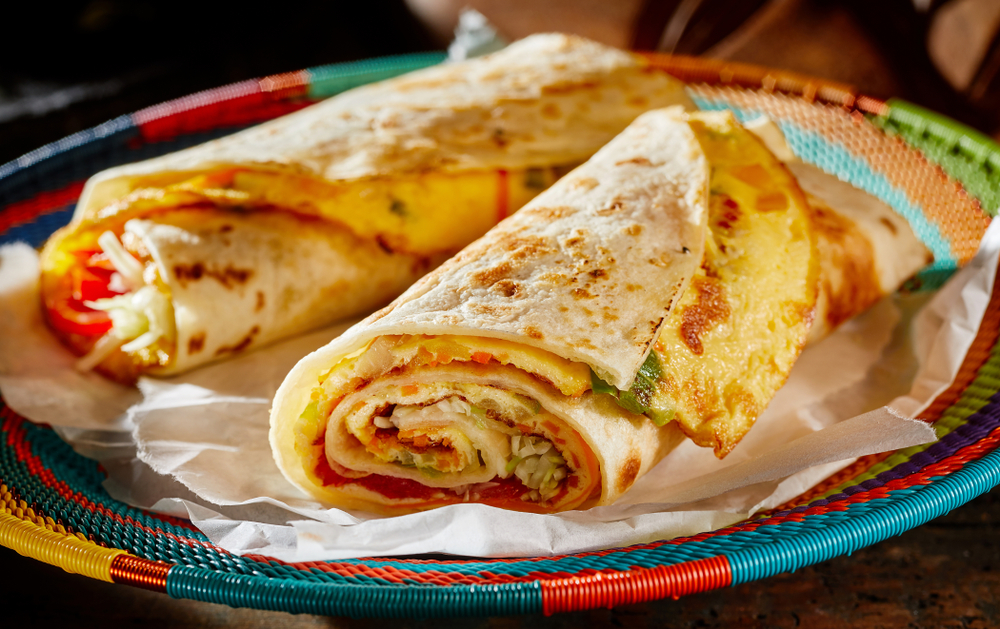A beloved Ugandan snack, the Rolex is more than just a watch; it’s a tasty rolled chapati filled with eggs and vegetables. This street food sensation is both delicious and quick to make, offering a taste of Ugandan culture in every bite.
A Glimpse into the World of Rolex
Originating from the bustling streets of Kampala, the capital city of Uganda, the Rolex has become synonymous with quick, affordable, and scrumptious meals, rapidly gaining popularity across East Africa.
Ingredients, Quantities, and Suggestions
- Chapatis – 2
- Eggs – 4
- Tomatoes – 2, chopped
- Green bell pepper – 1, chopped
- Onion – 1, sliced
- Salt – to taste
- Oil – for frying
Suggestions:
– For an extra kick, add some chopped chili peppers.
– Freshly made chapatis work best for a soft and delicious Rolex.
Step-by-Step Directions and Pointers
- Preparing the Filling: In a bowl, whisk the eggs, then add the tomatoes, bell pepper, onion, and salt. Mix well.
- Frying: Heat some oil in a pan. Pour half of the egg mixture into the pan and spread it. Place a chapati on top. Once the bottom is set, flip it to cook the chapati. Repeat with the remaining mixture and chapati.
- Rolling the Rolex: Once both sides are cooked, roll the chapati with the egg mixture inside. Remove from pan and cut into desired pieces.
Tips:
– Ensure the egg mixture is evenly spread for consistent cooking.
– You can add other fillings like cooked minced meat or cheese for a different twist.

Conclusions
The Ugandan Rolex is a testament to the innovation and vibrancy of street food culture. Simple ingredients come together to create a fulfilling snack that’s loved by many. Whether you’re in the heart of Uganda or miles away, this recipe lets you experience a piece of Ugandan street culinary charm.
Frequently Asked Questions (FAQs)
Can I use spinach instead of collard greens?
Yes, spinach can be a substitute, but it has a softer texture and cooks faster than collard greens, so adjust the cooking time accordingly.
Why is it called ‘push the week’?
The name ‘Sukuma Wiki’ suggests the dish’s role in “stretching” meals, helping families get through the week with affordable and nutritious food.
How long can I store Sukuma Wiki?
It’s best consumed fresh but can be refrigerated in an airtight container for up to 3 days. Reheat before serving.
Hungry for more East African tastes? Explore more Authentic Ugandan Recipes on our dedicated hub.
